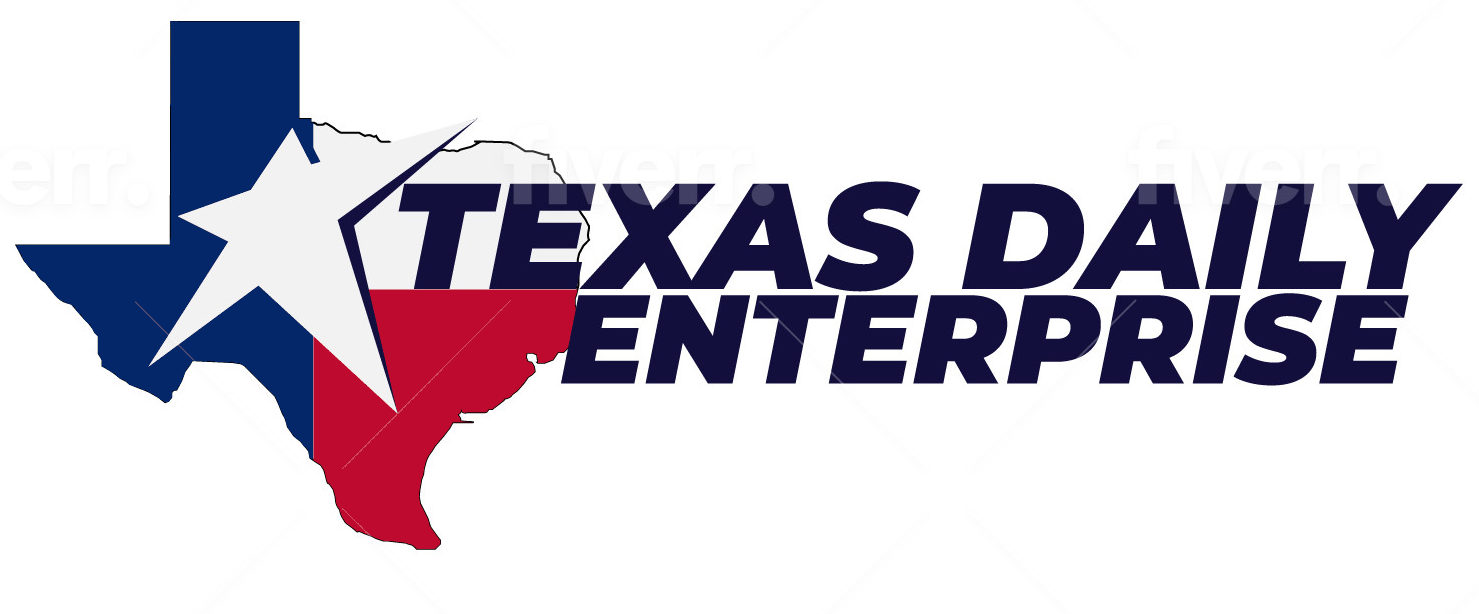The Story of Enterprise: The Airline Industry Flying High
Using more than 300 color images from airline history, Hoover began with the rise of the early industry, consisting of many small airlines. When Charles Lindbergh made the first successful transatlantic flight in 1927, the possibilities of air travel became apparent to both travelers and investors.
Hoover’s Influence on the Airline Industry
By the early 1930s, President Herbert Hoover’s Postmaster General Walter Folger Brown personally shaped the industry into the “Big Four” domestic carriers – American, United, Transcontinental & Western Air (TWA), and Eastern. In addition, Juan Trippe’s Pan American Airways was selected to be the “chosen instrument” of the U.S. government to compete with the older, state-supported airlines of Europe. Further steps during the FDR administration solidified the strength of these five carriers while at the same time allowing a handful of smaller “trunk” airlines to grow.
Hoover focused on the history and evolution of the five giants as well as some of the Texas-based carriers, such as Braniff, Continental and the highly successful late-comer Southwest. American Airlines was led for many years by former UT accounting student C.R. Smith, one of the great industry pioneers.
The story of the airlines is the story of maps and geography, technology from Ford Tri-Motors to Boeing jets, flight attendants and their uniforms, and globalization, all of which Hoover showed with vivid imagery.

Her professional career experience includes fashion, teaching, banking, sales promotion, graphic design, advertising and marketing. She has three grown children, four grandchildren (beautiful), and three standard poodles (beautiful). Her hobbies are collecting antique clocks, estate sales, and historical preservation. She is on the Board of Directors for the Austin Woman’s Club and is the Grants Chairman.
